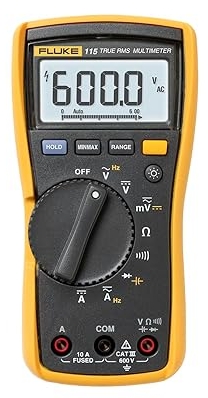Reasons a fan will fail to start
- No 240V supplying (L) & (N) terminals
- Burnt out motor windings
- Worn out bearings
- Air rotor jammed (on fan casing)
- impeller heavy with foreign matter accumulation
- Faulty fan speed control resistor (if fitted)
Burnt Out Motor Windings
- Electrically isolate boiler / system controls
- Remove E / N / L wires from fan terminals
- Set multimeter on Ω’s scale for resistance readings, across (L) (N) at fan terminals:
- less than 20Ω = replace
- No resistance/infinity = replace
- (30Ω – 100 + Ω) = ok
 240 V LIVE TEST
240 V LIVE TEST
- Set multimeter to correct voltage scale and check at fan motor terminal leads
- Should 240V be present at leads but the fan impeller runs smoothly and freely (without resistance) then the motor windings are burnt out
Worn Out Bearings
- Electrically isolate boiler / system controls
- Remove fan assembly
- Carry out a visual assessment on the balance and smooth running of the impellor.
- Should the fan impellor be out of alignment and or noisy, replace with new fan assembly.
Air Rotor Jammed
Due to the high temperatures and mechanical wearing, the air rotor can be subject to going out of alignment, catching on the fan casing and jamming.
Re alignment may be possible, however, it may also be loose and beyond repair.
Fan Speed Control Resistor
The fan speed control resistor is able to withstand larger currents so as to generate heat.
The resistors are enclosed within a metal casing with a heat sink connected to it, which then connects to the boiler chassis to dissipate the heat quickly. Because of the heat sink absorbing the high temperature rise, it prevents damage to the enclosed resistor.
Reasons a resistor will fail to start:
- Burnt out
- Melted connections
- Loose connections
To test a fan speed resistor:
- Electrically isolate boiler / system controls
- Remove leads from resistor
- Set multimeter on Ω’s scale for resistance readings, across resistor connections:
No resistance/infinity = faulty
Resistance reading (may vary) = ok
A bad connection will increase resistance and as a result may drop the fan speed performance, which in turn, may affect the air pressure switch resulting in no combustion.
